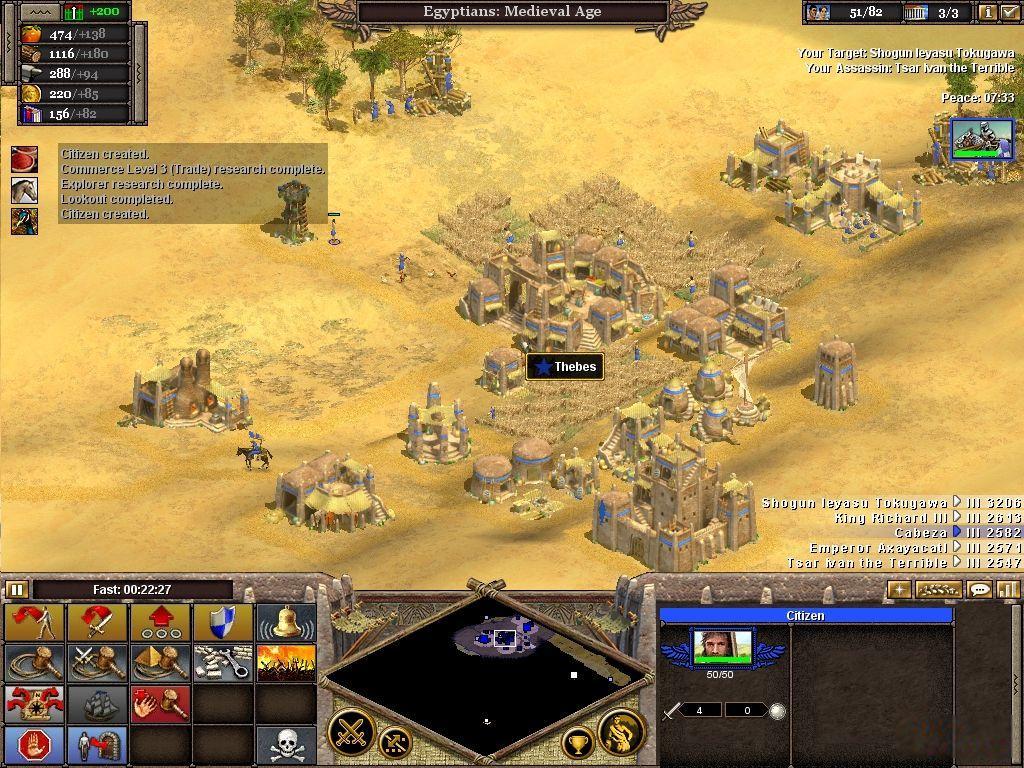

Made up primarily of iron ore, steel is an alloy which also contains less than 2% carbon and 1% manganese and other trace elements. A potential infrastructure bill would bring investment into America’s steel mills to build supply for the future, and any walkbalk on the Trump administration’s 2018 tariffs on imported steel could further soften supply constraints. demand could soon lessen depending on the Biden administration’s actions. *Estimates.ĭespite its current dominance, China could be preparing to scale back domestic steel production to curb overproduction risks and ensure it can reach carbon neutrality by 2060.Īs iron ore and steel prices have skyrocketed in the last year, U.S. Meanwhile, China and India have consistently grown their production to become the top two steel producing nations.īelow are the world’s current top crude steel producing nations by 2020 production. and Russia scaling down their domestic production and relying more on imports. Global steel production has more than tripled over the past 50 years, despite nations like the U.S. This infographic uses data from the World Steel Association to visualize 50 years of crude steel production, showcasing our world’s unrelenting creation of this essential material. Today, it is the world’s most commonly used metal and most recycled material, with 1,864 million metric tons of crude steel produced in 2020. Steel is the foundation of our buildings, vehicles, and industries, with its rates of production and consumption often seen as markers for a nation’s development. If our current era had to be defined similarly, it would undoubtedly be known as the steel age. Sign up to the free mailing list to get beautiful visualizations on natural resource megatrends in your email every week.įrom the bronze age to the iron age, metals have defined eras of human history. Visualizing 50 Years of Global Steel Production


 0 kommentar(er)
0 kommentar(er)
